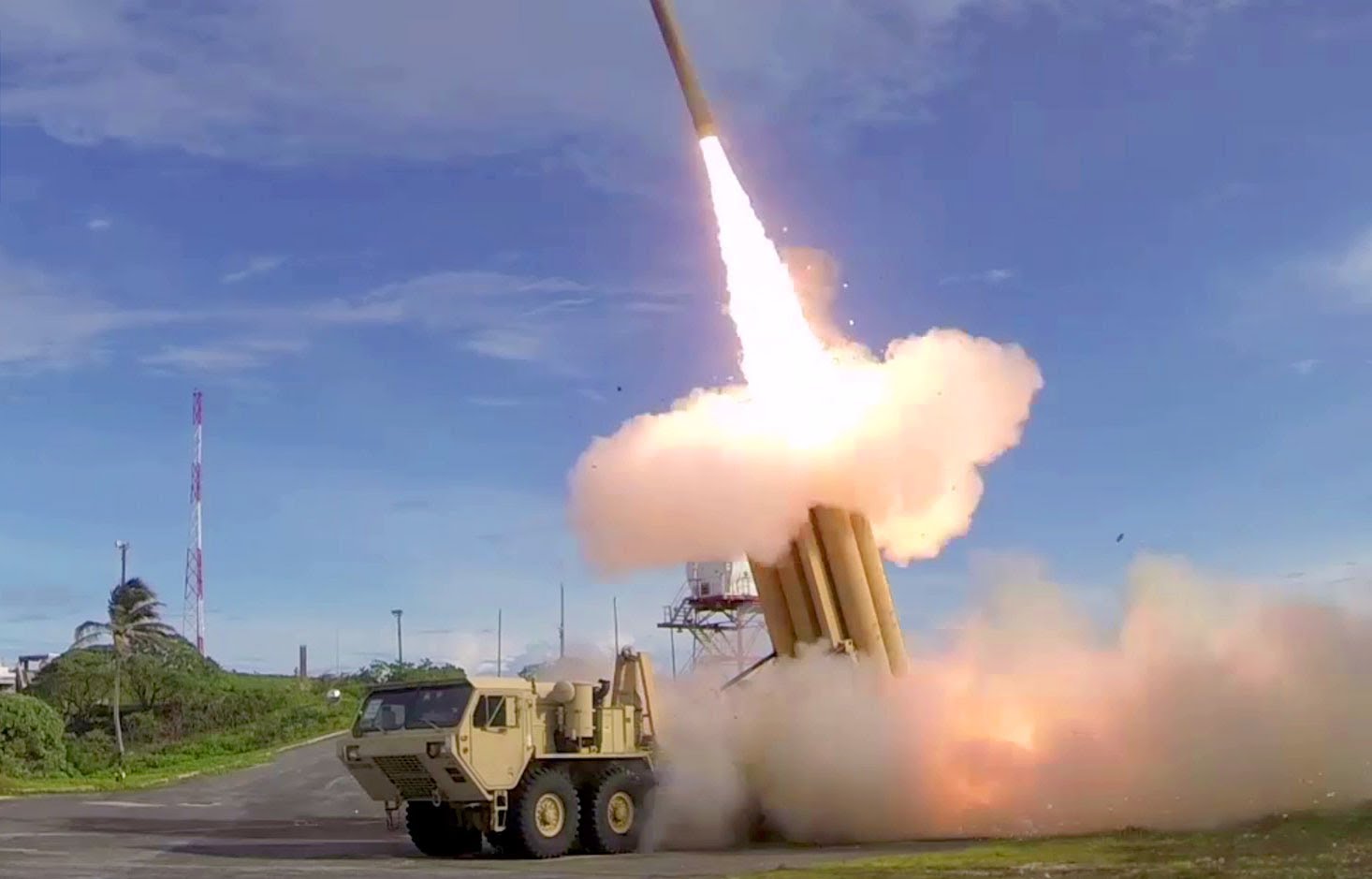Space arms race heats up as Russia admits to destroying a satellite with a space missile
11/28/2021 / By Cassie B.

When the head of the Pentagon Space Command, General Jay Raymond, warned last year that two Russian satellites in orbit had been stalking an American spy satellite above the earth, it was not clear if the satellites were capable of attacking an American surveillance spacecraft. Although that incident passed, it ushered in a new stage in the growing arms race in space. Technologies that were once in the realm of science fiction, such as satellites armed with bombs and spacecraft that can shoot lasers, are now a firm reality.
Earlier this month, Russia launched a missile from Earth that blew up one of its own satellites in a show of force that spurred a slew of international criticism. U.S. officials called the strike, which created a cloud of debris and forced the crew of the International Space Station to take evasive action and take shelter in their return ships, “dangerous and irresponsible.” NASA Chief Bill Nelson said that he was “outraged” by Russia’s “irresponsible and destabilizing action.”
The Russian military denied the test was dangerous and said they were merely carrying out planned activities to strengthen their defense capabilities.
NATO Secretary General Jens Stoltenberg characterized the move as “reckless.” In a meeting with EU defense ministers, he stated: “It demonstrates that Russia is now developing new weapons systems that can shoot down satellites.”
It was only the fourth space missile to hit a spacecraft from the ground, generating more than 1,500 pieces of trackable orbital debris in the process that is threatening the International Space Station and other satellites. The German foreign ministry weighed in, saying it was “very concerned,” while the French Defense Minister referred to those responsible for the test as “space vandals.”
America’s enemies may already outpace us in warfare technology
There have been concerns about the militarization of space ever since the space race began. However, previous worries about nuclear weapons in space have given way to fears of other approaches that skirt the 1967 Outer Space Treaty banning weapons of mass destruction from orbit.
One of the focuses of modern space warfare is being able to destroy the satellites of rivals given their importance in military communications, navigation and surveillance. Missiles or kamikaze satellites were once the go-to method, but this has given way to lasers and high-power microwave weapons.
Many countries have advanced capabilities in this regard, but the specifics are largely unclear because many of these technologies can be used for both civilian and defense purposes. Experts believe that Russia and China were already able to surpass the U.S. in this area by 2019. Both countries have satellites known as “space stalkers” that can be manipulated to interfere with other satellites physically. Their robotic arms enable them to simply pick up a satellite and move it somewhere else or break it by bending one of its antennas.
The U.S. and China, meanwhile, have reusable winged spacecraft that can be used to damage rivals’ satellites.
Another approach some countries are working on is surface-based weapons that can jam or spoof satellite signals or compromise them using directed energy.
China recently made headlines when it demonstrated an orbital hypersonic glide vehicle weapons system that can be launched into space via rocket and then go after targets at near-orbital velocity. Their hypersonic payload can then reenter the atmosphere at more than five times the speed of sound and go to targets in ways that current missile defense technologies would struggle to intercept. No defense or tracking sensors that can address this type of threat currently exist, and experts are warning that we need to make serious progress in this area to stay on top of enemy threats.
Sources for this article include:
Submit a correction >>
Tagged Under:
China, missiles, national defense, outer space, Pentagon, Russia, satellites, Space, Space Warfare, space wars
This article may contain statements that reflect the opinion of the author
RECENT NEWS & ARTICLES
COPYRIGHT © 2017 NATIONAL SECURITY NEWS






















